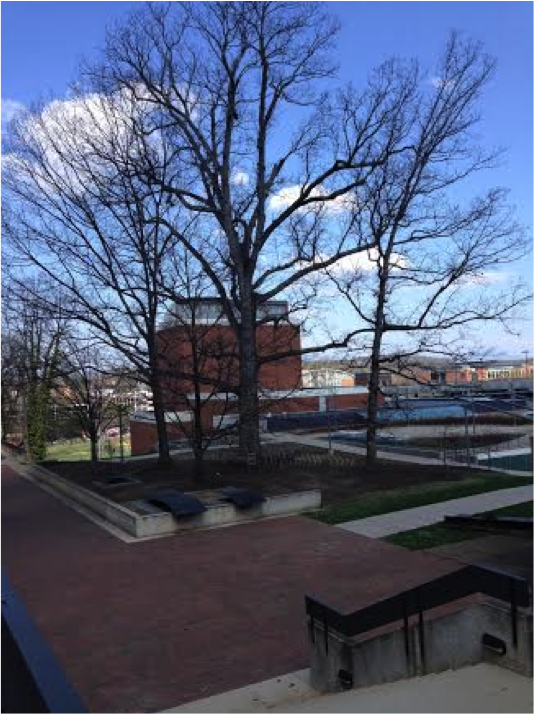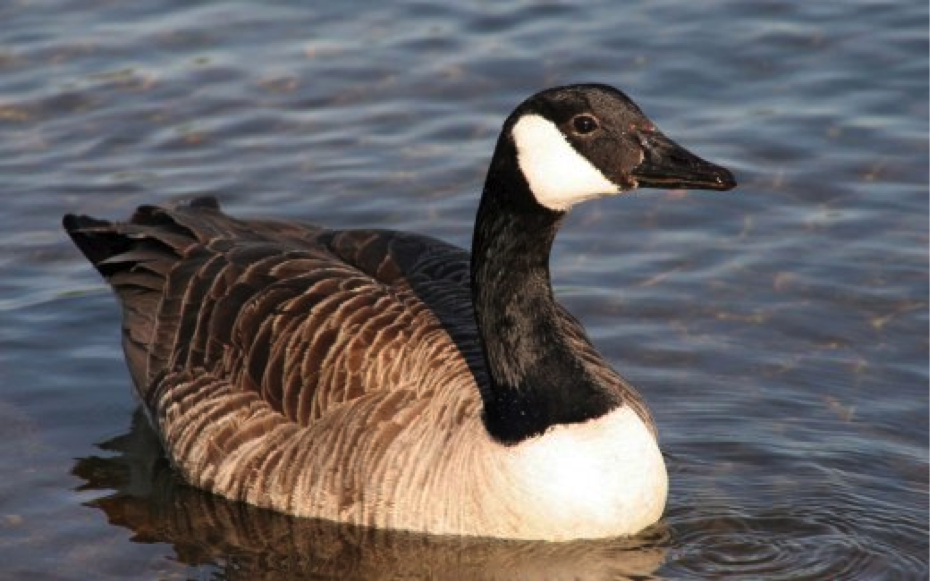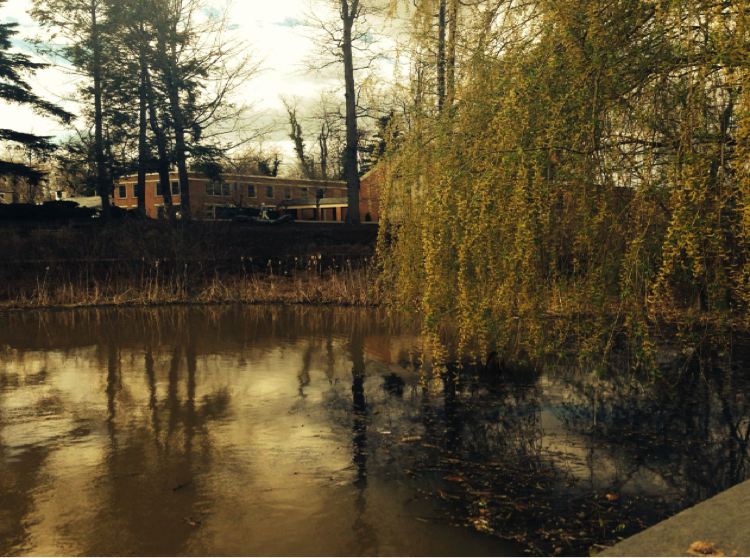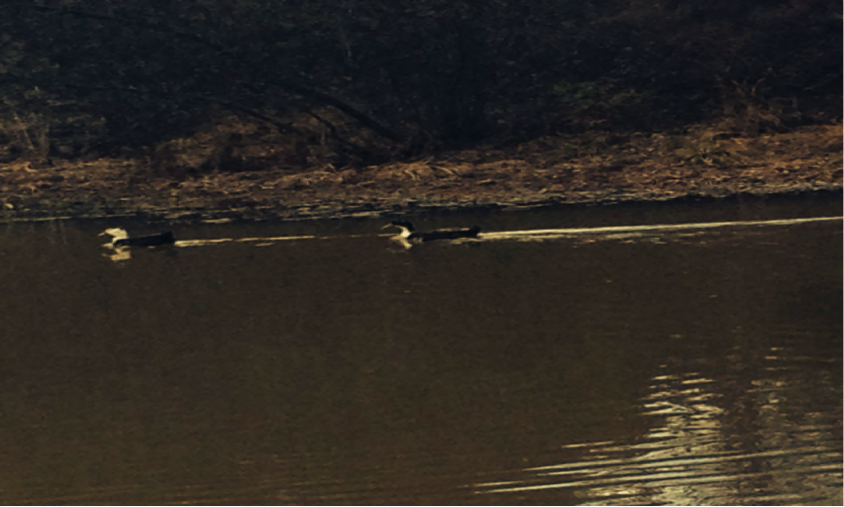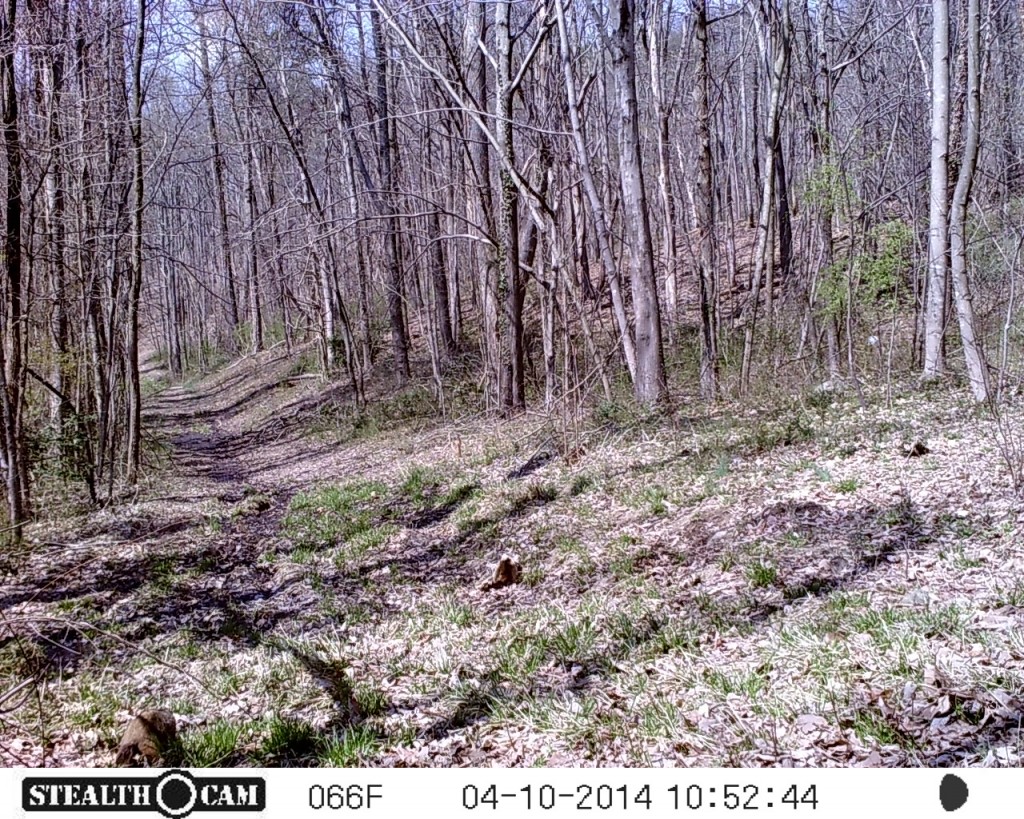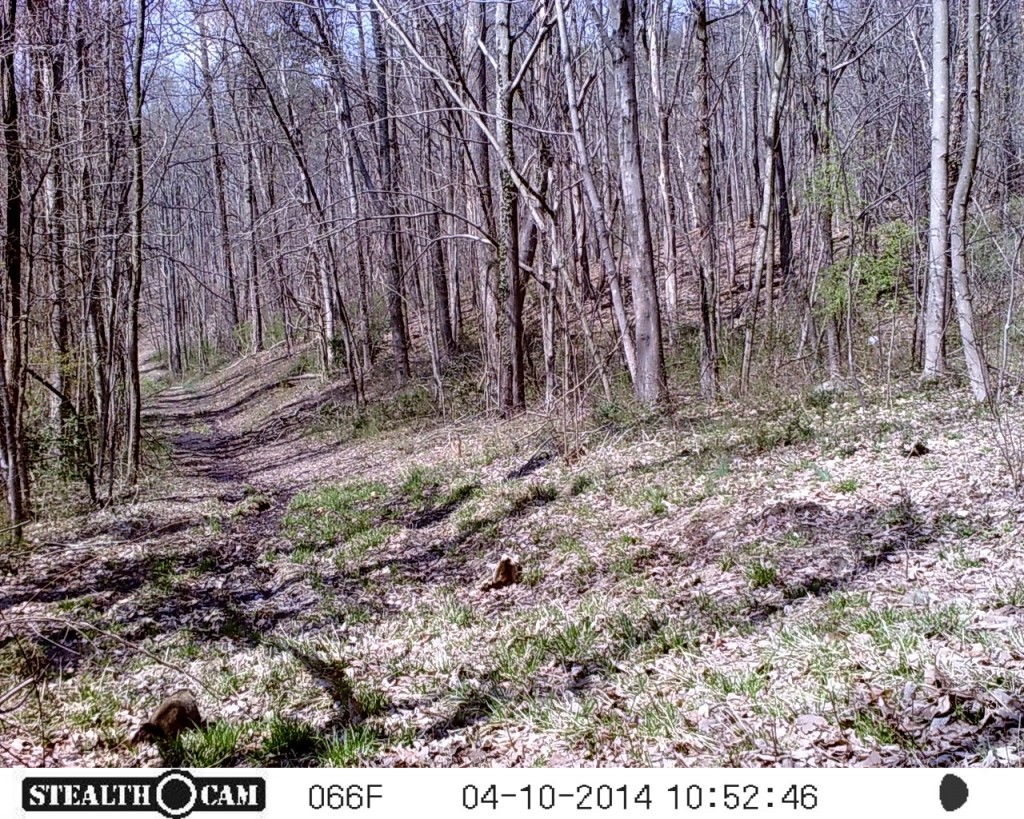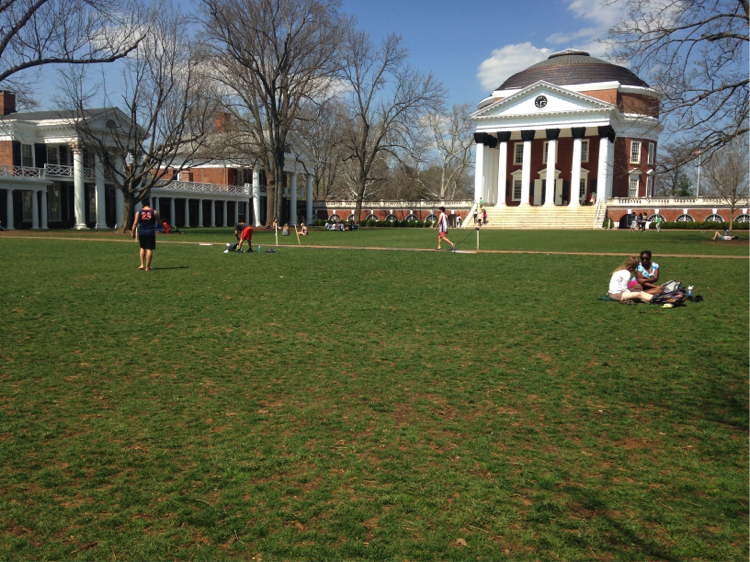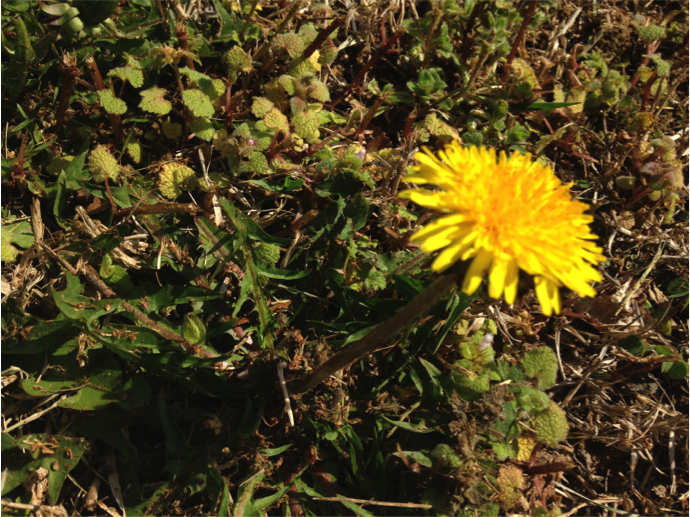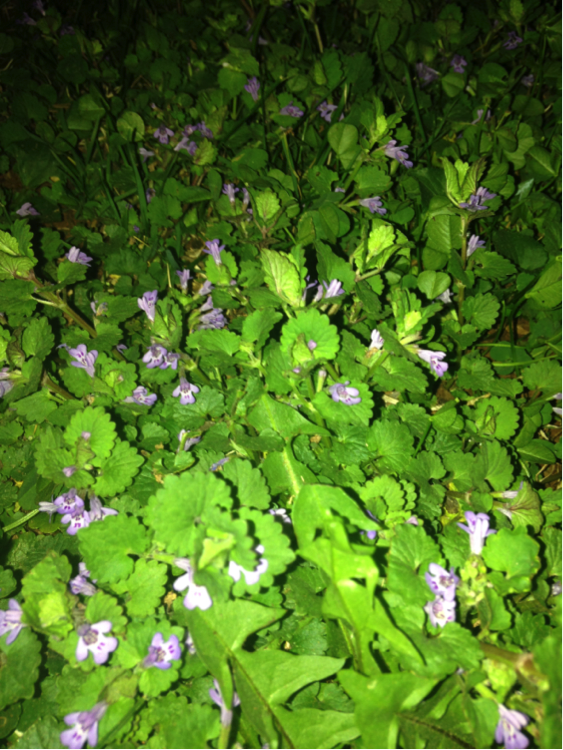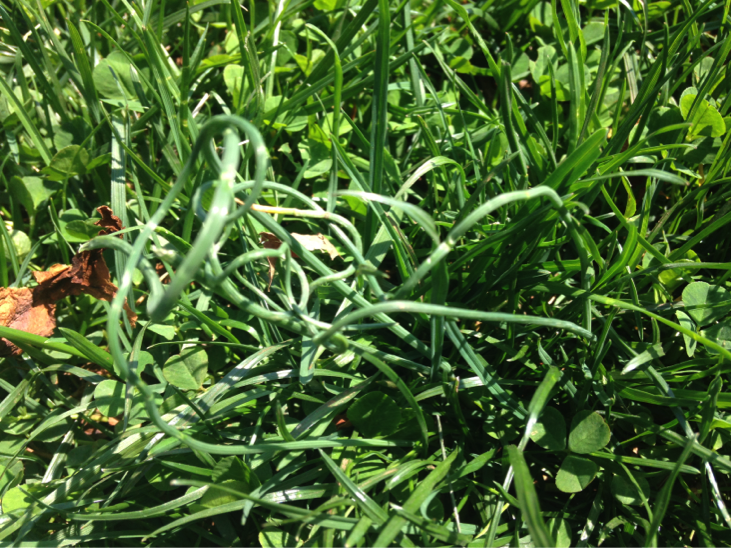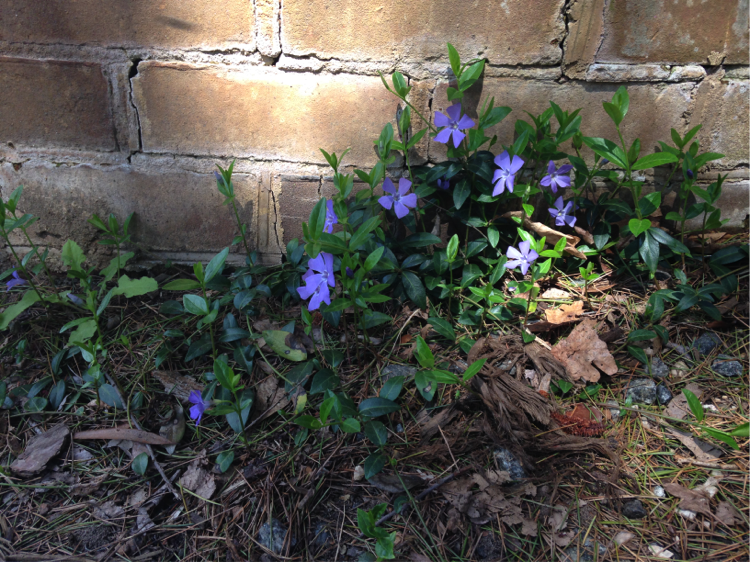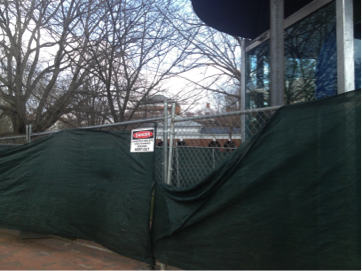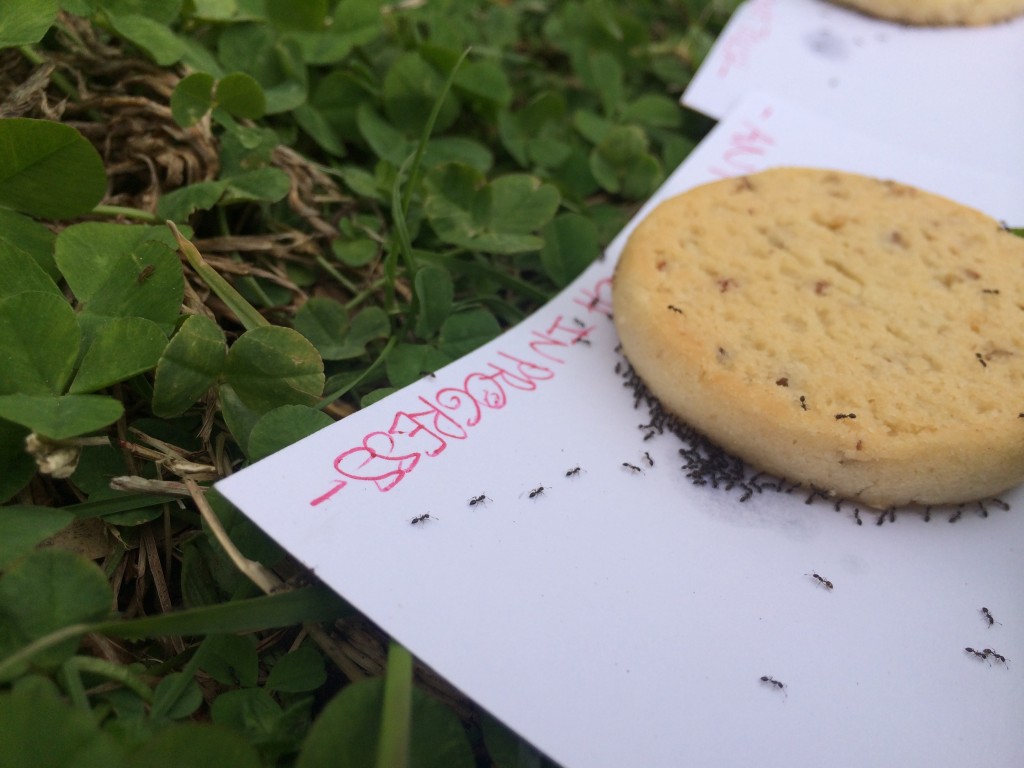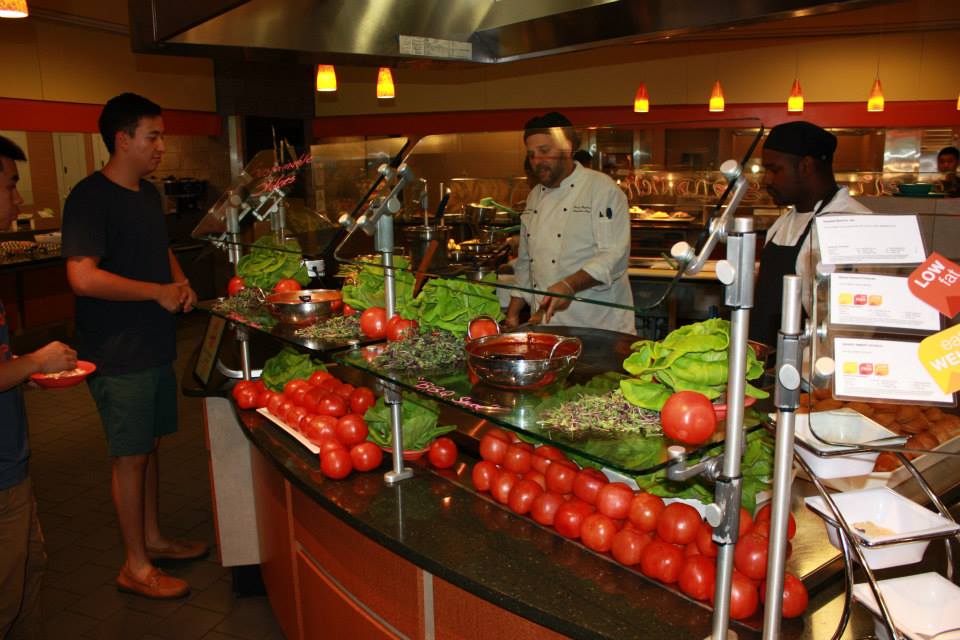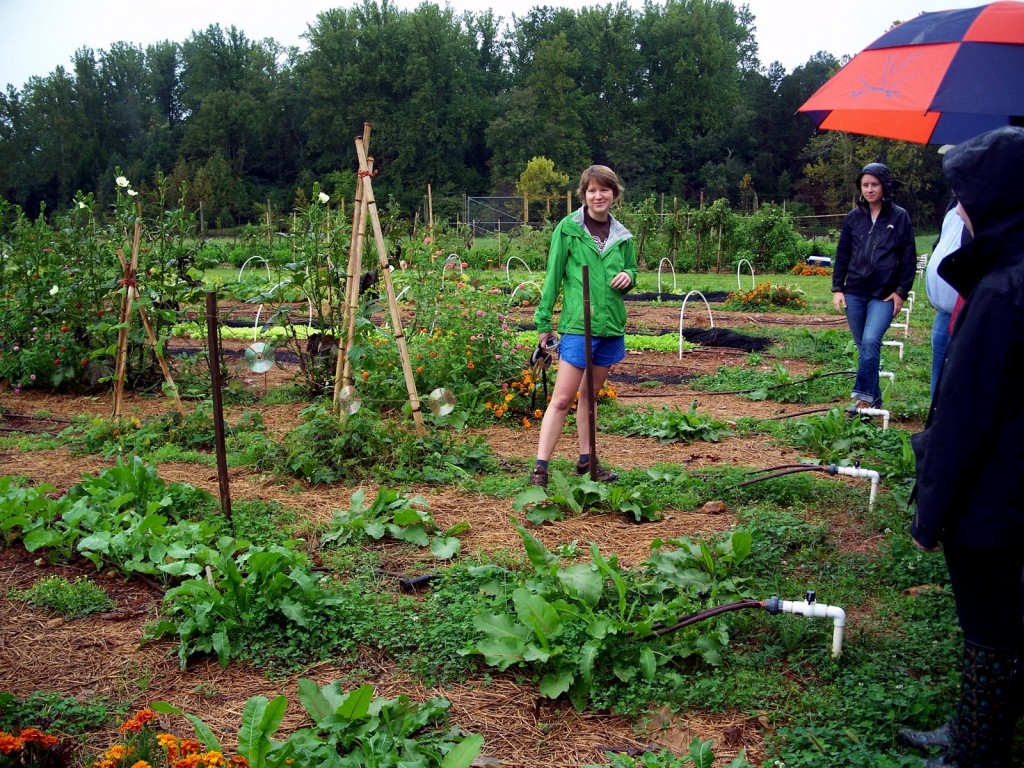Looking toward the drama building from Campbell hall, you are greeted with quite a biophilic view of greenery. However, one aspect stands out refusing to go unnoticed: a giant white oak tree. The White Oak, measuring 16 feet around, is absolutely gorgeous and gives pause to all who look out Campbell hall’s glass windows and catch a glimpse of it. Jerry Brown, an experienced arborist at UVA, says that White Oaks are his favorite trees for many reasons including their strength in storms, resistance to pests, and overall beauty. While this tree has much to offer with its beauty, its history provides an even deeper layer of appreciation.
Before the recent construction took place to build the new drama building, the view from Campbell hall was different with more trees surrounding this white oak. However, with construction comes what seems like at least some inevitable destruction. Jerry Brown describes construction as the greatest threat to trees on grounds. These trees were not removed without some debate. Members of the Architecture School as well as some of the larger student body, joined together to try and come up with a plan for construction of the new building that would allow the trees to remain. They also tried to quantify the value of these trees based on ecosystem services and other factors. This effort was impressive, bringing together knowledge from a wide range of fields. Although construction of the drama building ended up meaning the destruction of some of these trees, many good things came from this experience. For one, the love of these trees brought students and faculty together to test their skills in support of their shared beloved trees. Its amazing how trees around grounds seem to instigate this communal feeling of love and connection that is worth fighting for. This feeling was seen again recently with the debate over the magnolias on the lawn.
In addition to bringing people together, this incident also leaves a lasting memory that only makes the remaining trees that much more valuable and cherished. While many architecture students who see this great White Oak today can remember these recent past events and appreciate the remaining tree more, in the future this history may be forgotten. Perhaps it would be a worthy use of time and resources to put a plaque out by the White Oak to commemorate the other trees that once were there and remind everyone who discovers this tree in the future of its deeper significance.
This story and White Oak and extremely unique, but they are also emblematic of many other trees around grounds. The White Oak is a champion tree, which the Royal Forestry Society defines as “individual trees which are exceptional examples of their species because of the enormous size, great age, rarity, or historical significance”. This White Oak clearly fits this definition, but it exemplifies that there are other champion trees around grounds that also deserve to be noted, respected, and appreciated.
References:
“Champion Trees.” Royal Forestry Society. N.p., n.d. Web. 9 Apr. 2014.
http://www.rfs.org.uk/learning/champions
Rathbone, Emma. “Deep Rooted: A Look at the University’s Shady Side.” UVA
Magazine. N.p., 2008. Web. 9 Apr. 2014. http://uvamagazine.org/articles/deep_rooted/
Post by Cara Bottorff, Third-Year, Foreign Affairs
